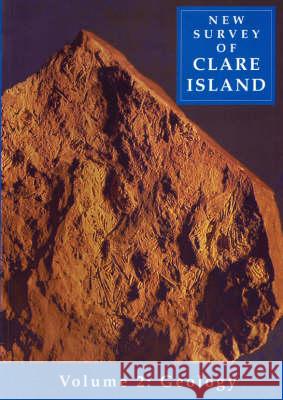New Survey of Clare Island: Volume 2: Geology » książka
New Survey of Clare Island: Volume 2: Geology
ISBN-13: 9781874045915 / Angielski / Miękka / 2001 / 121 str.
In 1909-11 Robert Lloyd Praeger brought a team of 100 scientists from all over Europe to map the flora, fauna, geology and archaeology of Clare Island, a small, exposed Atlantic island off the west coast. The gathering led to the publication of the path-breaking 'Clare Island Survey'. A century later the survey was repeated as the 'New Survey of Clare Island' (1992-2009) and both works were published extensively by the Royal Irish Academy. Volume 2 of this new survey of Clare Island examines the geology of the island. The survey traces the history of human activity on Clare Island after a century of environmental change. The island's physical appearance today reflects a geological history of over 500 million years. Major geological boundaries, now expressed as faults, run through the island. Repeated movements along these faults have produced the complex distribution of rock types that continue to fascinate geological researchers. Articles in this volume provide an introduction to the island's Silurian Carboniferous rocks; interpret the age of the Ballytoohy Formation of the northern part of the island using fossil microflora; describe the enigmatic fossil 'Peltoclados clarus' found in the Silurian rocks; discuss rocks that have intruded from considerable depth beneath the island; and consider the history of the last two million years, the Quaternary period, using evidence from fossil pollen. The volume constitutes a fresh baseline study using up-to-date methodology to provide a comprehensive description of the island from its bedrocks to its biotic communities.











